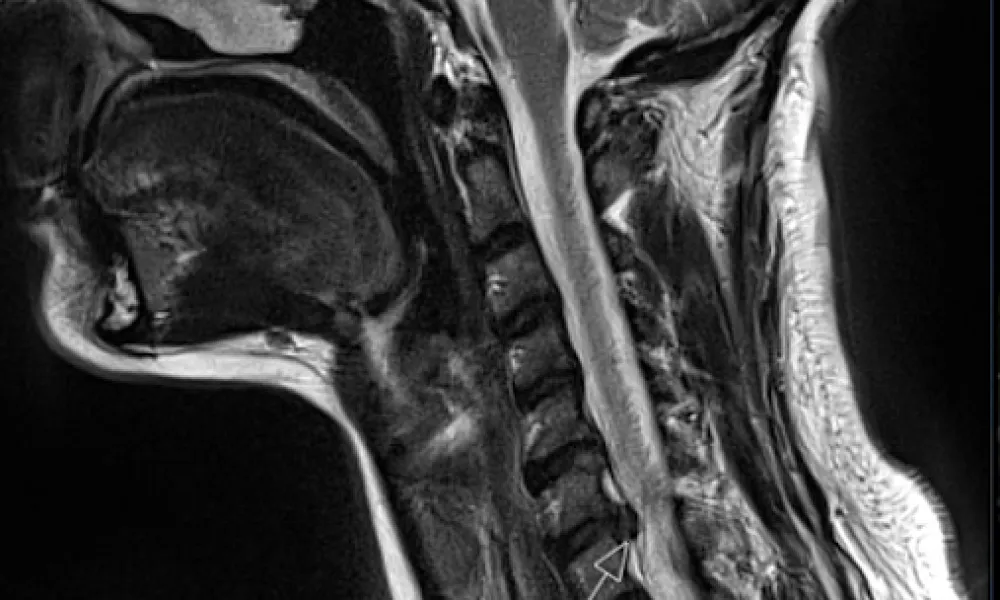The neck region (or cervical spine) contains the first seven spinal bones (or vertebrae). These vertebrae protect your nerves and spinal cord. They also support your skull and provide head movement. The cushions between the bones are known as the intervertebral discs, which are made of thick cartilage with an inner compressive material. These discs can degenerate leading to pain, weakness, and/or numbness or tingling into your neck, arms and shoulders.
When these symptoms occur, your physician will likely provide medications to ease the discomfort, provide physical therapy to strengthen the musculature and relieve the pain, and possibly send you for an injection to help diminish the inflammation around the nerves. If these treatments do not provide durable relief, you may consider surgery. Surgery may include an anterior cervical discectomy and fusion (ACDF) or possibly a cervical disc replacement.
While ACDF has long been considered the gold standard for treating cervical disc disease and nerve root inflammation, cervical disc replacement has been increasingly implemented. Cervical disc replacement allows more natural neck motion, lowers risk of reoperation, decreases adjacent segment wear and possibly allows quicker return to neck motion after surgery. In many cases, cervical disc arthroplasty may be the best option for the patient.
The below case involved a patient in their 30s who presented with neck pain and severe pain down the arm with significant weakness in the triceps. The MRI revealed a large disc herniation at C6-C7. After a complete trial of nonoperative management, the patient's pain continued, so we discussed proceeding with a total disc replacement to improve the patient's symptoms and to maintain motion at the surgical disc level to diminish the chance of future issues at the spinal levels above and below the surgical area. The patient wished to move forward with the procedure, and did exceptionally well. The patient had immediate relief of the arm and neck pain that had been debilitating for months prior. She was able to discharge home only a few hours after the operation was completed. She was returned to sporting activities including volleyball, and has continued to be pain free.
POA physician Dr. Nicholas Clark is trained in cervical disc replacement and other motion preserving procedures. If you are currently suffering from neck and arm pain, please call POA to schedule a consultation with Dr. Clark at 425-656-5060.
The MRI shows the large disc herniation leading the patient's severe arm pain and weakness in the triceps.
Post-operative X-rays show the motion maintained at the surgical level with normal motion through the total disc replacement. This may help to minimize the risk of requiring further surgery in the future at other levels in the neck.

